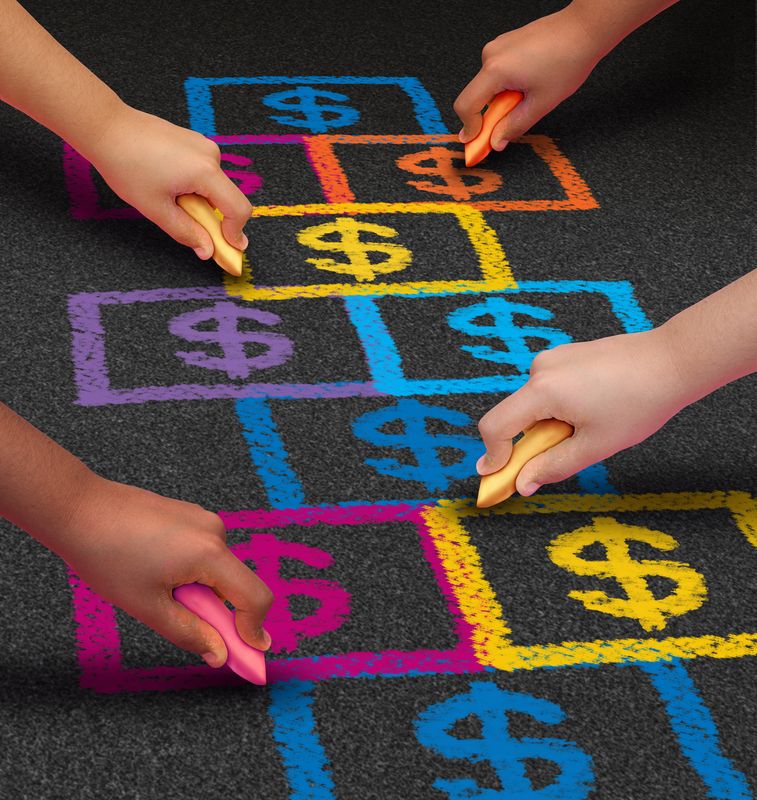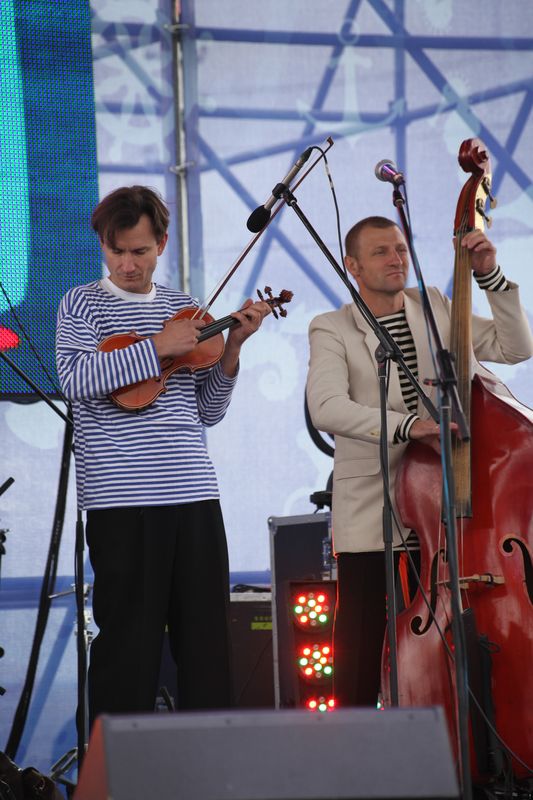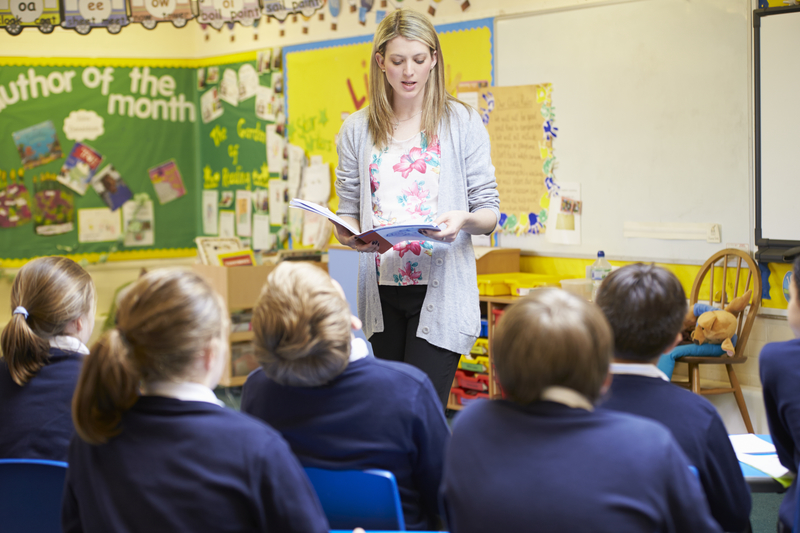Raising children is always a unique experience, and often a happy one; however no one can deny that it is also a costly one, with prices rising every year. A study conducted by AMP and the University of Canberra and released in 2013 indicated that raising two children in Australia on a middle-class income comes to $812,000. (news.com.au, 2014).
This article aims to give a brief insight, not with regard to the endlessly debated question of whether the public or private School System in Australia is better, but rather with regard to how public and private schools spend their money in different ways. The Australian government chiefly funds state schools in order to guarantee minimal costs for education for students attending these schools. Such schools typically rely exclusively on the government to provide funds. Independent or private institutions on the other hand receive funds from a more diverse range of sources. They are often partly funded by the government, but rely principally on the fees they charge, as well as other private income such as gifts, endowments from prominent benefactors, businesses, fundraising activities, and support from alumni organisations (ABS 2006; “Private School vs Public School”, Diffen.com).
Private schools generally have more sources of funding readily available to them, as mentioned above, which means that they can offer extracurricular opportunities, activities, and subjects which may not be viable for many public schools. Some well-resourced public schools may offer similar opportunities, but only to the extent that state school funding and donations from parents permit. Private schools may have an established reputation for excellence in a number of fields, such as sport and drama, all of which require the ongoing maintenance and development of capital projects and relevant equipment. Indeed, some facilities at the most exclusive private schools are state-of-the-art constructions (Kennedy, 2016; Sedghi, 2015; Bagshaw, 2016).
The funds for comparable facilities in State Schools are often unavailable, although that is not to say that quality facilities in state schools do not exist depending on the location of the school in question, how much funding the school has been granted, and the ability and willingness of parents to contribute to fundraising efforts for the school (Kennedy, 2016). Funds given to public schools are mostly spent on maintenance, infrastructure, capital works, and staff salaries, and are economically used to cater for a larger student body than private schools must typically contend with.
The diverse range of funding sources that private schools have at their disposal sets them apart from state schools, and puts private institutions in a stronger financially situation than their government counterparts, even though private establishments, unlike state schools are not allowed to use any recurrent government funding they receive for capital works. In most cases, public funds given to private schools help cover ongoing staff costs, while the school sets aside money collected by means of school fees and private donations for capital works. Moreover, a school may also receive funds from the government specifically for capital works (Bagshaw, 2016). Finally, private schools are better equipped to pay larger salaries for specialised teachers with an advanced degree in a subject, as opposed to their state counterparts (Kennedy, 2016), and use their funds to employ more teachers to ensure small class sizes. In short, private and public schools both work towards educating their pupils to the best of their ability using what they have, but it is a fact that state schools must achieve this with less resources than most private institutions.
REFERENCES
Australian Bureau of Statistics, 2006, Australian Social Trends, cat. no. 4102.0, viewed 23 November 2016, <http://www.abs.gov.au/AUSSTATS/ABS@.nsf/bb8db737e2af84b8ca2571780015701e/9fa90aec587590edca2571b00014b9b3!OpenDocument>.
Bagshaw, Eryk. “Taxpayers fund private school orchestra pits and swimming pools.” The Sydney Morning Herald. April 11 2016. (23 November 2016). <http://www.smh.com.au/national/education/taxpayers-fund-private-school-orchestra-pits-and-swimming-pools-20160410-go37i9.html>. Online.
“Cost of raising children in Australia is rather massive.” August 21, 2014. www.news.com.au: News Limited, 2016. (23 November 2016). <http://www.news.com.au/finance/money/costs/cost-of-raising-children-in-australia-is-rather-massive/news-story/cbbe4eab3f4539323931c22a1a1c30bf>. Online.
Kennedy, Robert. “Private vs Public Schools: what’s right for you?”abouteducation.com. July 5, 2016. (23 November 2016). http://privateschool.about.com/cs/employment/a/teachingcond.htm>. Online.
“Private School vs Public School.” Diffen.com. Diffen LLC, n.d. Web. 21 Nov 2016. <http://www.diffen.com/difference/Private_School_vs_Public_School>.
Sedghi, Ami. “How do top private schools spend their money?” The Guardian. 16 July, 2015. (23 November 2016). <https://www.theguardian.com/teacher-network/2015/jul/15/how-do-top-private-public-schools-spend-their-money>.


